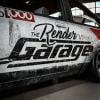If you have something you need explained, post it here and a mod will move it into the dictionary (this post).
Holley - a brand of carburettor produced in America. A very large selection of types and sizes are available, and a number of other brands are based on or re-manufactured versions of these carbys. Holley also produce fuel pumps and fuel regulators.
Stroker - an engine where the standard stroke has been increase to make the capacity larger. Usually done through offset grinding the crank or by using a larger stroke crank, this generally increases the available torque.
Control Arms (UCA & LCA) - Also called A-arms, due to their shape. Upper control arm holds the top of the stub axle,lower control armholds the bottom of the stub. These pivot about their mounts, tracing an arc where the wheel sits. Off the stub hangs the rotor/brake, on that sits the caliper. The shock usually goes up through the centre.

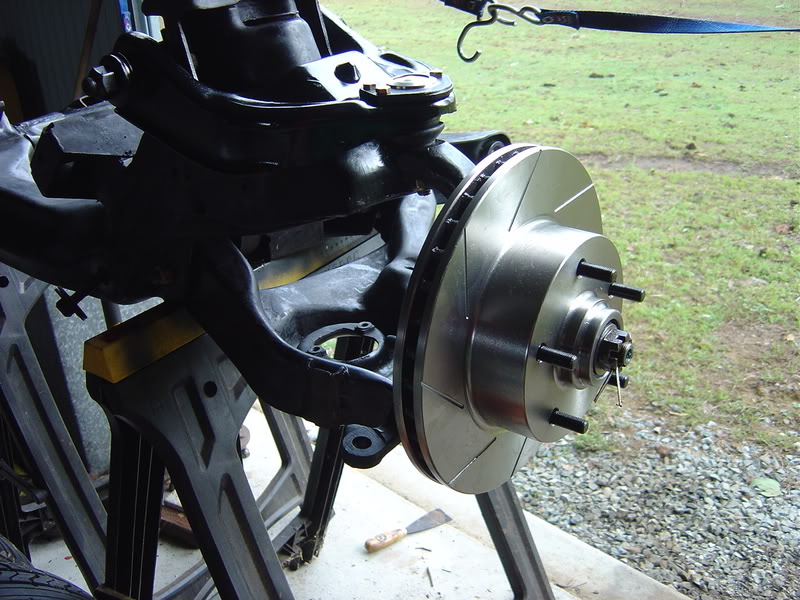
Trailing Arms - the rear suspension that attached the differential to the body, and allows for the up and down movement of the differential relative to the vehicle body. Torana's have a Triangulated Fourbar setup to keep the diff (reasonably) centred.
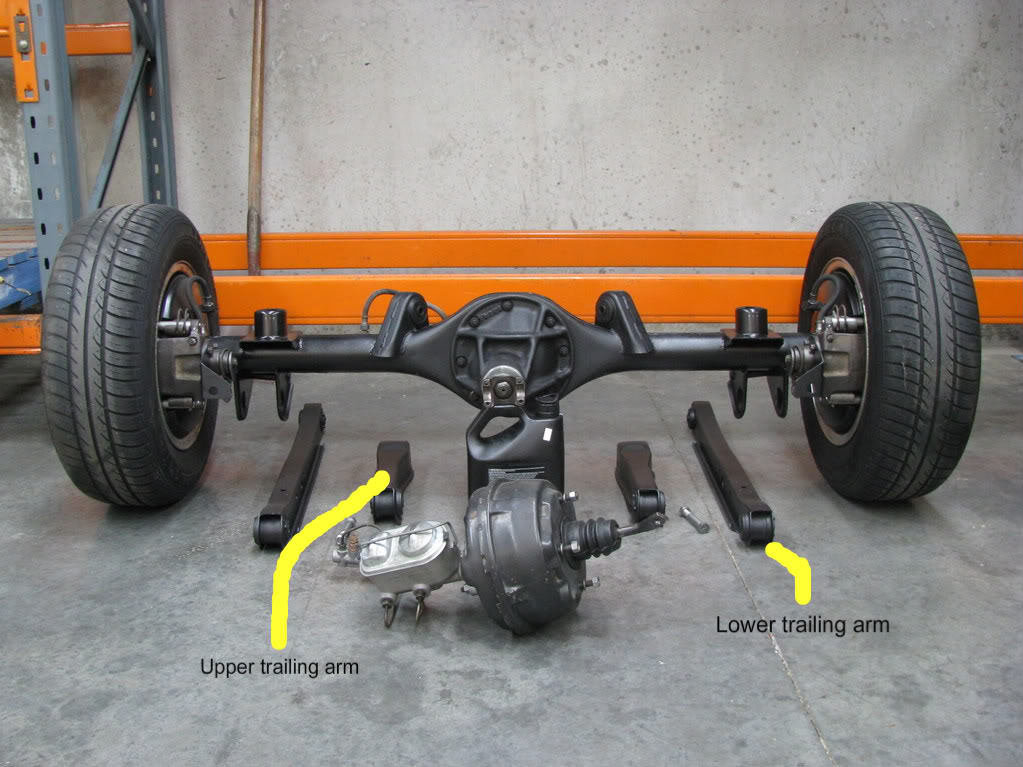
Sway Bar - A sway bar's function is to resist compression of the outside suspension under cornering loads. It does this by linking to the suspension on the inside of the car. As the outside compresses under cornering load the bar transfers weight to the inside suspension to resist the load... ultimately limiting the roll angle.
Panhard Bar/Rod - A Panhard bar serves the same function as a watts link, but is an inferior design. It limits lateral movement of the diff housing within the wheel housings. So it stops the diff moving sideways like a pendulum under the car.
N.B. The reason a Torana doesn't need a panhard and a Commodore does is that the Torana's upper arms are set an an agle and the Commodores are parallel with the centreline of the vehicle. Please see Traing Arms above.
Carburettors -
---------------------------------------------------------------------------------------
Carburetor Q&A
by Barry Grant Inc. �2004
 race_demon.jpg 5.59K
1 downloads
race_demon.jpg 5.59K
1 downloadsGiven that a four-barrel carburetor possesses something in the order of 200 components to allow it to function correctly, it's no wonder the average enthusiast has the odd question about how it operates and why. Words and phrases like atomization, vacuum signal, fuel-metering circuits, etc. can be a little bewildering. So, here are a few of the basics with several useful illustrations to help explain. This article contains information that applies to a wide range of V8-engined machines, from street cars to tow vehicles, and from oval track racers to drag strip cars.
1) Q. Is air pushed or sucked into a carburetor?
A. With the exception of forced induction systems (centrifugal supercharger, or turbocharger - where air is forced through the carburetor), air is drawn through the carburetor (sucked) by the engine's vacuum signal. The amount of air is determined by the strength of the vacuum signal.
2) Q. What is the difference between the straight-leg venturi booster, the down-leg booster, and the annular-discharge booster? Also, when should one be used in preference to another, and how does it affect jetting?
A. A straight-leg booster has, as its name implies, a straight leg, which protrudes from the body of the carburetor into the main venturi. Its discharge ring is situated slightly above the venturi's most effective zone. Its discharge ring is slightly above the venturi's most effective zone. The color red indicates the main fuel circuits, which connect with the main jets, the emulsion holes (blue) and the high-speed air bleeds located in the air entry on top of carburetor. The color yellow indicates the idle-fuel circuits, which connect with main-fuel wells, the idle-feed restrictors, the idle-air bleeds (also located in air entry on top of carb), and the idle-discharge ports and transfer slots in the baseplate.
 straight_leg_booster_500.jpg 22.98K
13 downloads
straight_leg_booster_500.jpg 22.98K
13 downloadsB. A down-leg or drop-leg venturi booster drops the discharge ring lower in the carburetor's main venturi where it operates in air of higher velocity, which draws more fuel than the straight-leg style of booster.
 down_leg_boosters_500.jpg 23.78K
8 downloads
down_leg_boosters_500.jpg 23.78K
8 downloadsC. The annular-discharge venturi booster has a larger ring with multiple discharge holes rather than the single outlet hole of the straight-leg or down-leg style of booster. This has the effect of creating a venturi within the main venturi that produces greater vacuum than either the straight- or down-leg varieties and draws even more fuel.
 annular_boosters_500.jpg 22.07K
7 downloads
annular_boosters_500.jpg 22.07K
7 downloadsD. In conclusion, the pros and cons of each type of booster are based largely upon its application. However, if each style is tested in the same carburetor with all else being equal, the down-leg booster will require smaller jets to flow the same amount of fuel than a straight-leg booster. And the annular-discharge booster will require even smaller jets to flow the same amount of fuel as the down-leg type.
3) Q. Mechanical secondary or vacuum secondary, which style of carburetor should I use and why?
A. Generally speaking, a mechanical secondary carburetor is preferred on vehicles with manual transmissions and on automatic transmissions with 3000+ RPM stall-speed converters. For automatics with less than 3000-RPM stall-speed converters, the vacuum-secondary carburetor is usually the better choice.
4) Q. How do I set the float levels and what effect do they have?
A. On Demon carburetors in street-driven applications, begin by setting the float levels at _ distance of the sight window. On race applications, increase the levels by setting them between _ and _ distance in the sight window. On Holley carburetors, remove the level plug and adjust the float level until fuel trickles from the open port. Changing the float levels alters the amount of fuel in the bowl (reservoir) and the carburetor's ability to feed the main jets. By raising the float level the engine's response is quickened. This is an adjustment frequently used to eradicate a lean stumble. By lowering the float levels, the activation of the main metering circuit is delayed and consequently produces a leaner mixture coming off idle. For street applications the latter condition is more economical.
5) Q. Does a bigger carb make more power? What's the limit?
A. A larger carburetor can produce more power on a dynamometer, but under normal operating conditions can result in slower acceleration and lower efficiency of fuel atomization. Select the smaller carburetor, especially if you're undecided about sizes. The smaller diameter venturii increase the velocity of the air/fuel mixture. As a consequence, it usually provides better acceleration and proves to be more efficient.
6) Q. Where should the fuel-pressure regulator be located and what type should I use?
A. The pressure regulator should be mounted close to the object (carburetor, nitrous system, etc.) that's being fed with fuel. The further away the regulator is placed the greater the delay in its response (its opening and closing). A slower response causes fluctuations (spikes) in the fuel pressure. Regarding the selection of a regulator, specific vehicle requirements, but especially the type of fuel pump already in use dictates the type of fuel-pressure regulator required. For example, combine a block-mounted 15-psi pump with a throttle bypass; a belt-driven pump with a diaphragm bypass; a BG280 electric pump with a two-port regulator and a BG400 with a four-port regulator.
7) Q. How does weather and altitude affect carb jetting?
A. The more oxygen there is in the air the more fuel the engine will demand. For example, as the weather becomes colder (winter) or the altitude lower (closer to sea level), the air will contain more oxygen and the engine will require a larger jet size. In contrast, as the weather becomes warmer (summer) or the altitude higher (mountainous) the jet size needs to be reduced.
Used with permission:
Barry Grant, Inc.
and
www.racingarticles.com
-------------------------------------------------------------------------------------------------------
Decking - The 'deck' (face where the head bolts against) gets machined down, reducing the 'deck height'. Ups the compression without altering the head (so if you want a head that is not dedicated to high compression motors but the block is expendable), but obviously it doesn't work if your pistons are gonna hang out the top
Is also used to alter the piston top dead centre to deck height.
Example, if you stroke a motor and the new pistons are too far down the bores at top dead centre.
It also removes the engine number from 253 and 308 blocks!!!!!


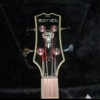


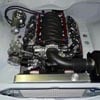
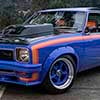
 View Garage
View Garage
